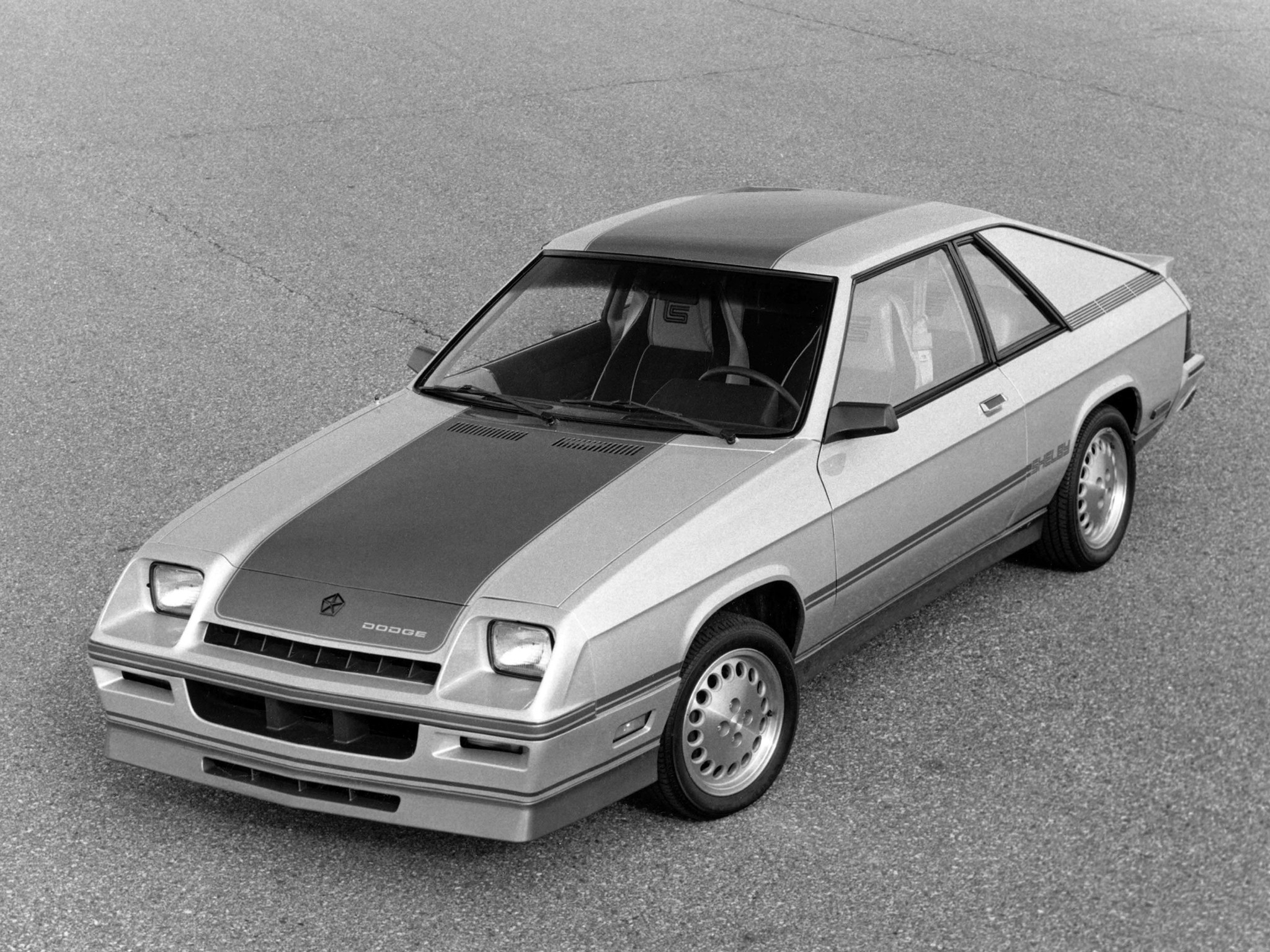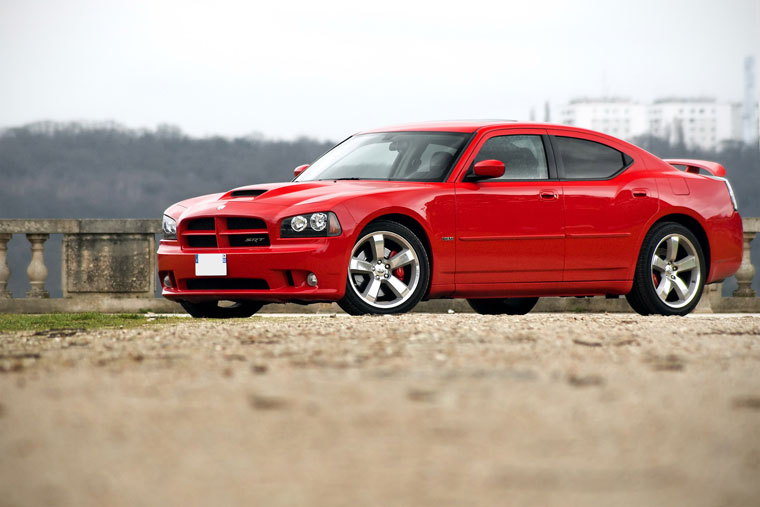Evolution of the Dodge Charger: A Legacy of Innovation and Style
The Dodge Charger has stood as a beacon of American automotive design and performance since its inception in 1966. This iconic vehicle has undergone several transformations, adapting to changing consumer tastes and technological advancements while maintaining its core identity.
From Concept to Reality: The Birth of the Charger
Initially unveiled as a show car in 1964, the Dodge Charger made its debut grounded in innovation and a keen eye for future trends. By 1966, the production model of the Charger was launched, closely resembling the Charger II concept vehicle presented in 1965. This set a precedent for the Charger, not just as a car, but as a symbol of progressive automotive design.
Diverse Applications of the Charger Nameplate
Over the decades, the Charger has seen varied applications across different automotive segments. It transitioned from a mid-size sedan to a personal luxury coupe and even a subcompact hatchback. Each iteration has catered to the evolving market dynamics, showcasing Dodge’s flexibility in vehicle design and market adaptation.
Luxury and Performance in Early Models
The 1966 Charger was Dodge’s answer to the growing demand for luxury combined with performance. Positioned as a direct competitor to vehicles like the Oldsmobile Toronado and Ford Thunderbird, the Charger was not merely a muscle car but a luxurious fastback that offered both style and substance. This blend appealed to a segment that desired more than just speed - they wanted a car that could deliver comfort and a high-end feel.
A Reflection of Market Trends
The launch of the Charger was timely, reflecting the spike in demand for specialty vehicles in the mid-1960s. This era saw the introduction of several upscale models like the Mercury Cougar, which brought a new level of refinement to the pony car concept initiated by the Ford Mustang in 1964. Dodge’s entry into this competitive arena was marked by the Charger’s high-trim features and comfort, which catered to consumers seeking a combination of luxury and performance.
Continued Legacy
As the Charger evolved through its generations, it consistently incorporated leading-edge technology and design, ensuring it remained relevant and desirable among enthusiasts and everyday drivers alike. From its early days as a groundbreaking concept car to its current status as a powerful and stylish sedan, the Dodge Charger’s journey is a testament to Dodge’s commitment to excellence and innovation in the automotive industry.
This vehicle's legacy is not just built on its performance capabilities but also on its ability to adapt and redefine itself across generations. As the Charger continues to evolve, it remains a pivotal part of Dodge's lineup, celebrated for its rich history and promising future in the automotive world.
First Generation: 1966–1967 - The Dodge Charger's Debut
Introduced in the middle of the 1966 model year, the first-generation Dodge Charger was built on the Chrysler B-body, the same platform used for the intermediate-sized Dodge Coronet. It shared many of the Coronet's front body components but distinguished itself with a sleek fastback roofline, an approach initially seen in AMC's 1965 Marlin. This design targeted a more mature audience, contrasting the youthful appeal typically associated with pony cars.
The Charger's design resonated with fans of the Corvette and Mustang, thanks to its attractive fastback styling. Inside, the vehicle boasted a luxurious layout, featuring four bucket seats and a center console extending to the rear seats, complemented by "race-inspired" instrument gauges. One of the standout exterior features was the hidden headlights behind a full-width grille and an impressive "wall-to-wall" taillamp arrangement. The standard power came from a 318 cu in (5.2 L) V8 engine paired with a three-speed manual transmission, though options for automatic and floor-mounted manual transmissions were available. For those seeking more power, engine options included up to the 426 cu in (7.0 L) Hemi V8.
Despite its positioning as a luxury sports model, sales for the 1966 and 1967 Chargers were modest. Critics pointed out that the car's long front and rear overhangs paired with its narrow track width made the fastback design appear disproportionately tall, a challenge also faced by AMC's Marlin. This aesthetic did not attract as much admiration as expected, reflecting similar market reactions to other attempts at adapting pony car features to larger, intermediate-sized vehicles.
Second Generation: 1968–1970
-1968 to 1970 Dodge Charger
The Charger underwent a complete redesign in 1968, initially planning for a production of 35,000 units. However, due to overwhelming demand, production numbers soared to 96,100 units. The model years from 1968 to 1970 featured aesthetic updates both inside and out, transitioning from twin round tail lights to broader horizontal ones, and adding a horizontal trim to the grille. The engines from the 1967 model were retained, including the introduction of the 225 cu in (3.7 L) slant-6 engine in mid-1968.
Despite its popularity, the 1968 Charger faced challenges in NASCAR due to its lack of aerodynamics. This led to the development of the more streamlined Charger 500 model and the even more aerodynamic 1969 Charger Daytona. By 1970, the modifications paid off, and the Charger dominated NASCAR, contributing to Bobby Isaac's championship win that year.
The second-generation Chargers gained mainstream recognition through their prominent role in the television series "The Dukes of Hazzard."
Third Generation: 1971–1974
1971 to 1974 Dodge Charger
Introduced in 1971, the third-generation Charger featured modifications to Chrysler's B platform to comply with new emission and safety regulations. It was available in six distinct packages, each boasting cosmetic alterations such as a split grille, a semi-fastback rear window, and a ducktail spoiler. The 1973 and 1974 models were similar to the 1971 model but included minor updates like different grille designs and headlamps, along with newly shaped, larger quarter windows.
A significant boost in sales during this period was due to the discontinuation of the Dodge Coronet two-door, making the Charger the sole two-door intermediate-size offering from Dodge until the Coronet's two-door model reappeared in 1975. Additionally, the Charger name was used in Brazil as a high-performance model based on the Dart (A-body) from 1971 to 1980.
Fourth Generation: 1975–1978
1975 to 1978 Dodge Charger
In 1975, the Charger continued on the B-body platform but was redesigned to align with the expanding personal luxury car market. By 1978, Dodge introduced the Magnum in this segment, and a Daytona model of the fourth-generation Charger featured distinctive longitudinal stripes.
Fifth Generation: 1982–1987
1982 to 1987 Dodge Charger
After a brief hiatus, the Charger reemerged in mid-1981 as a front-wheel drive subcompact hatchback coupe, slightly larger than the Dodge Omni 024, and offered with a 2.2 L SOHC engine, either naturally aspirated or turbocharged. The turbo was exclusively paired with a manual transmission, unlike the automatic option in the Daytona. The Shelby Charger debuted in 1983, with a turbo version following in 1984, producing 142 hp and 160 lb-ft of torque. Although the engine saw no intercooling and used a small T3 Garrett turbo, updates in electronics maintained the power output through to the end of this generation in 1987.
Sixth Generation: 2006–2010 (LX)
2006 to 2010 Dodge Charger (LX)
Dodge reintroduced the Charger in 2005 for the 2006 model year, launching it as a four-door sedan based on the Chrysler LX platform. Initially offered in multiple versions including SE, SXT, R/T, and Daytona R/T, the Charger now included a V6 engine option and available all-wheel drive. The base SE model came equipped with a 2.7 L V6 and a four-speed automatic transmission, while the R/T featured a 5.7 L Hemi V8. The Charger SRT8 was introduced with a 6.1 L Hemi V8, providing high performance and additional luxury features. Over the years, all-wheel drive became an option across more trims, enhancing the Charger's versatility.
Seventh Generation: 2011–2023 (LD)
2011 to 2023 Dodge Charger (LD)
The 2011 redesign brought significant updates to both the interior and exterior. The engine lineup saw improvements, including the replacement of the 3.5 L V6 with a more powerful 3.6 L Pentastar V6. Stylistically, the Charger drew inspiration from its 1968-1970 predecessors, particularly with the full-width LED tail light. The introduction of an eight-speed automatic transmission in 2012 further modernized the V6 models, and the SRT-8 returned with high-performance features. Throughout this generation, the Charger continued to evolve, incorporating more technology and increasing performance capabilities across its lineup, including the introduction of the Hellcat and Scat Pack models.
Eighth Generation: 2024–Present
2024 Dodge Charger
The latest generation, introduced as a concept in 2022, is set to launch in late 2024 with options including a 3.0 liter "Hurricane" twin-turbo inline-six and electric variants. The new Charger maintains its legacy while embracing modern technology and performance innovations, ensuring its continued appeal in the automotive market.











